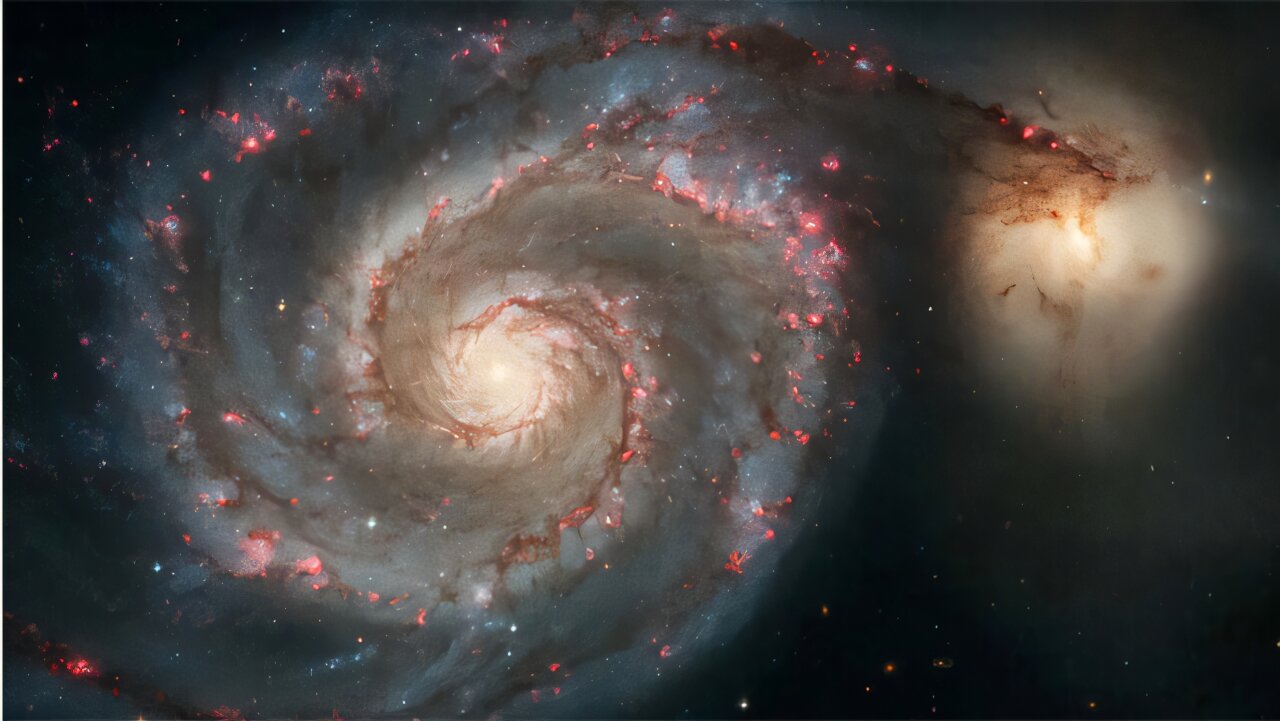What if the universe rotates?
A new study suggests 1 the universe may rotate—just extremely slowly. The finding could help solve one of astronomy’s biggest puzzles.
Current models say the universe expands evenly in all directions, with no sign of rotation. This idea fits most of what astronomers observe. But it doesn’t explain the so-called Hubble tension—a long-standing disagreement between two ways of measuring how fast the universe is expanding.

Supernovae vs Big Bang
One method looks at distant exploding stars or supernovae, to measure the distances to galaxies, and gives an expansion rate for the universe throughout the past few billion years. The other method uses the relic radiation from the Big Bang and gives the expansion rate of the very early universe, about 13 billion years ago. Each gives a different value for the expansion rate.
The researchers developed a mathematical model of the universe. First, it followed standard rules. Then they added a tiny amount of rotation. That small change made a big difference.
Their model suggests the universe could rotate once every 500 billion years—too slow to detect easily, but enough to affect how space expands over time. They found that it resolves the paradox without contradicting current astronomical measurements. Even better, it is compatible with other models that assume rotation.
No rules are broken
The idea doesn’t break any known laws of physics. It might also explain why measurements of the universe’s growth don’t quite agree.
The next step is turning the theory into a full computer model—and finding ways to spot signs of this slow cosmic spin.
References
- Balázs Endre Szigeti, István Szapudi, Imre Ferenc Barna, Gergely Gábor Barnaföldi (2025) Can rotation solve the Hubble Puzzle? Monthly Notices of the Royal Astronomical Society doi: 10.1093/mnras/staf446 ↩